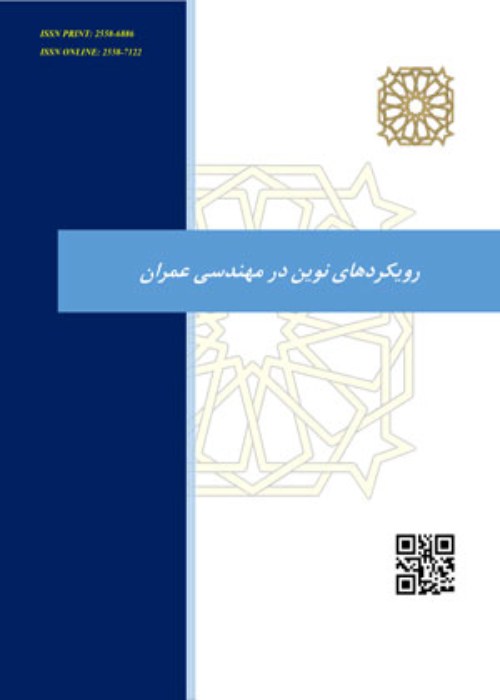Fracture Analysis of Cracked Rock Masses under Compression-Shear Loading
Author(s):
Article Type:
Research/Original Article (بدون رتبه معتبر)
Abstract:
The rock masses have naturally a large number of cracks and discontinuities which cause to be prone to damage under dynamic loading. The earthquake as a kind of dynamic loading may propagate the inherent cracks in rock masses and leads to failure of the rock structures such as mines, oil and gas wells, tunnels, dams, etc. Therefore, the fracture of rock masses due to cracks under earthquake should be considered by civil, mining and even mechanical engineers and researchers. Fracture mechanics as a branch of mechanical engineering science has been frequently employed for investigating the fracture behaviour of cracked rock structures. According to the orientation of crack relative to applied load, the cracked parts may be subjected to pure or combined mode loading I, II and III. The underground rock masses are often subjected to a compressive loading due to the pressure of upper rock masses. In the first sight, the crack flanks under compression are pressured together and the geometry discontinuity is vanished. However, the crack faces may be subjected to sliding loading and the vulnerability of cracked rock masses is still remained. Therefore, the fracture analysis of cracked rock masses under compression-shear loading should be investigated. Similar to the mixed mode I/II loading, there are several studies in the literature investigated the fracture of cracked specimens under compression-shear loading both experimentally (Al-Shayea, 2005) and theoretically (Li et al., 2009). From the theoretical viewpoint, the compression is considered as a compressive stress in the stress field around the crack tip and then the fracture criteria based on new stress field is utilized for predicting the fracture resistance of cracked specimens. The aim of this paper is to present a new approach for predicting the fracture load of cracked rock samples under compression-shear loading. The new approach is based on the maximum tangential stress (MTS) criterion which is one of the classical fracture criteria in fracture mechanics.
Keywords:
Language:
Persian
Published:
Journal of New Approaches in Civil Engineering, Volume:3 Issue: 4, 2020
Pages:
82 to 89
magiran.com/p2143435
دانلود و مطالعه متن این مقاله با یکی از روشهای زیر امکان پذیر است:
اشتراک شخصی
با عضویت و پرداخت آنلاین حق اشتراک یکساله به مبلغ 1,390,000ريال میتوانید 70 عنوان مطلب دانلود کنید!
اشتراک سازمانی
به کتابخانه دانشگاه یا محل کار خود پیشنهاد کنید تا اشتراک سازمانی این پایگاه را برای دسترسی نامحدود همه کاربران به متن مطالب تهیه نمایند!
توجه!
- حق عضویت دریافتی صرف حمایت از نشریات عضو و نگهداری، تکمیل و توسعه مگیران میشود.
- پرداخت حق اشتراک و دانلود مقالات اجازه بازنشر آن در سایر رسانههای چاپی و دیجیتال را به کاربر نمیدهد.
In order to view content subscription is required
Personal subscription
Subscribe magiran.com for 70 € euros via PayPal and download 70 articles during a year.
Organization subscription
Please contact us to subscribe your university or library for unlimited access!


